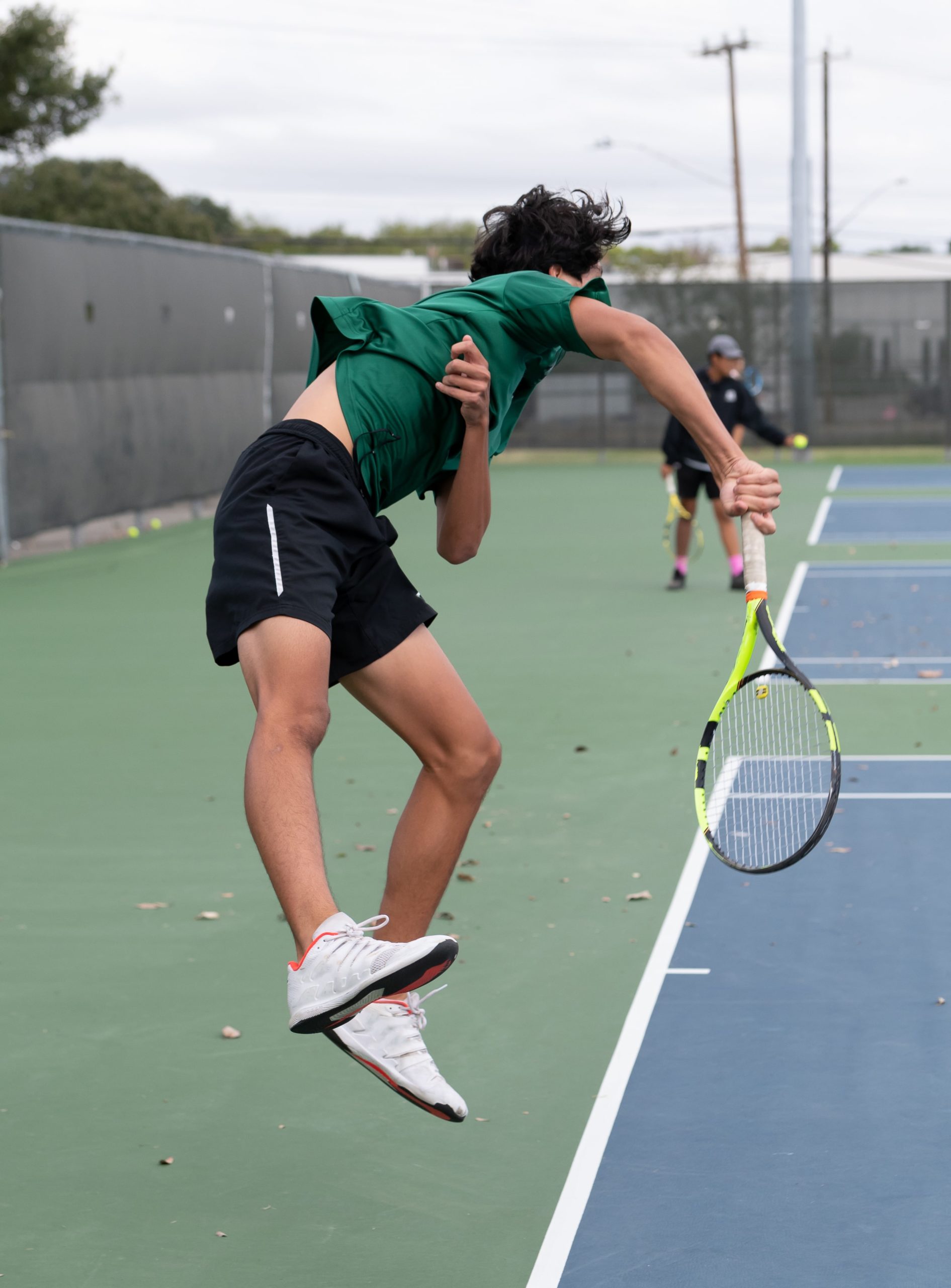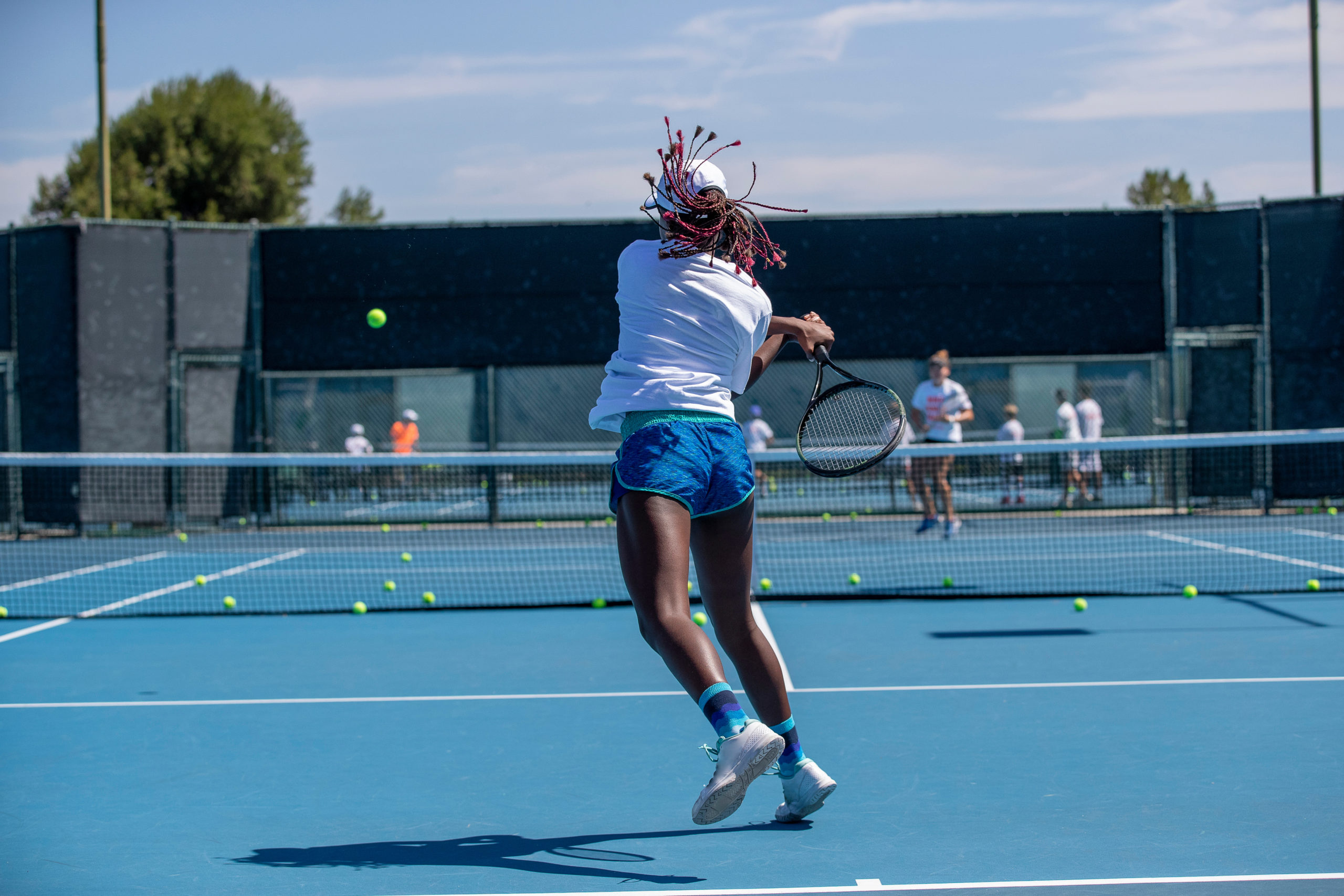Scott Veith
Drew University
Head Coach, Men's and Women's Tennis
The first time I worked a collegiate tennis recruiting camp, my entire recruiting strategy changed.
Early in my career, I followed every lead. I responded to every email. I went to every local high school match that I could fit into my schedule. I read every email from an international recruiting consultant. I went to all the local tournaments. Then, after several years of coaching college tennis, I was invited to work at a college tennis exposure camp. On day one of my first coaching opportunity at a collegiate exposure camp, everything changed for me.
This was my first time as a college tennis coach that I had the opportunity to be on court with dozens of prospective collegiate tennis players and a handful of college coaches at the same time. Until that point, I’d been watching through the fence or cueing up the video, most often for athletes who were not even interested in my program.
At collegiate exposure camps, just about everyone is looking to play in college. Very rarely does a player attend an exposure camp who’s not at least exploring the possibility of playing college tennis. They all want to play. And, in most cases, they want to hear what I and my fellow college coaches have to say. No more wasted time at tournaments or high school matches just to find out that the one or two kids who are good enough to make my team are not interested.
As a college tennis coach at an exposure camp, I’m not at the mercy of a tournament director’s schedule. I don’t have to ask for more video if the one you sent didn’t show what I was looking for. I don’t have to sift through statistics that are irrelevant to me hoping to find the ones matter. And, I don’t have to awkwardly approach a high school player to ask if they’re interested in learning more about my school, only to find out that they’ve already made their college decision, and my school wasn’t even a consideration.
Collegiate exposure camps are full of informed consumers and soon-to-be informed consumers. By the end of the camp, every camper has met and had a conversation with at least one college coach, and some know several on a first name basis.
And, campers who attend exposure camps get a better idea of who else is out there and just how good the competition is.
While it’s true that few prospective student-athletes are talented enough to play for the top schools that we all see playing sports on television, most are talented enough to play somewhere. A well-run collegiate exposure camp will include coaches from multiple different levels of collegiate athletics, so just about everyone has somebody watching them that they would have a legitimate chance to play for.
And, even when a prospective student-athlete doesn’t meet the skillset needed for the recruiting coach assigned to their sport, they still get to benefit from the on-court coaching of some of the best coaches in the industry.
To some, recruiting for tennis, at least on the surface, seems like if could be straight forward. Tennis has common international rating systems, namely Universal Tennis Rating (UTR) and World Tennis Number (WTN). It should stand to reason that, if a prospective collegiate tennis player has a rating that meets your team’s level, then that player should be a prospect who is on your radar. Right?
Well, it’s not that easy.
I’ve made the mistake of taking a player into my program based solely on her rating, and I regretted it. Teams like mine are equal parts community, company, and family. We’ve got a job to do, but we’d like to do it with the best interest of each member in mind, and we want to be able to depend on each other long after our playing days are done.
To us college coaches, you’re much more than a rating. Sure, that’s one thing we look at in the recruiting process, but having a team compiled based solely on UTR is like having a toolbox full of hammers. No matter how good your hammers are, you’ll have jobs you’re not prepared for.
So, how do you get the attention of a college coach if it’s not all about ratings and rankings?
Some high school athletes go through their entire high school career thinking one of two things. Some think that the phone will ring someday, and it’s going to be the head coach at their dream school. Others think that no matter what they do, they won’t get recruited to play sports collegiately.
The fact of the matter is, high school sports are just not the vehicle to collegiate exposure that they used to be. Some high school coaches do an excellent job of instruction. Some are exceptional in their ability to prepare student-athletes for the next level of competition. Some have gone out of their way to make highlight films and begin the introduction process for their players to college coaches. To the high school coaches who have taken one or more of these steps, we college coaches appreciate your efforts very much.
But, in most cases, we are no longer taking anybody else’s word for it. We want to see the prospective student-athletes in action up close and personal before we even consider offering a spot on our rosters.
Rules prohibit college coaches from inviting prospects to campus so we can watch them play. So, we college coaches have to get them on the court another way. The two top options are a camp on our campus and a collegiate exposure camp.
If a prospective student-athlete has the opportunity to participate in a camp on campus at a school they would like to attend, I highly recommend it. If that opportunity does not present itself, or if the prospect in unsure of which schools they would like to consider, then a collegiate exposure camp might be their best option.
I’m a little smarter as a recruiter now than I was back when I first started. I still read emails and attend tournaments, but I put a great emphasis in the recruiting process on what I see at collegiate exposure camps.



